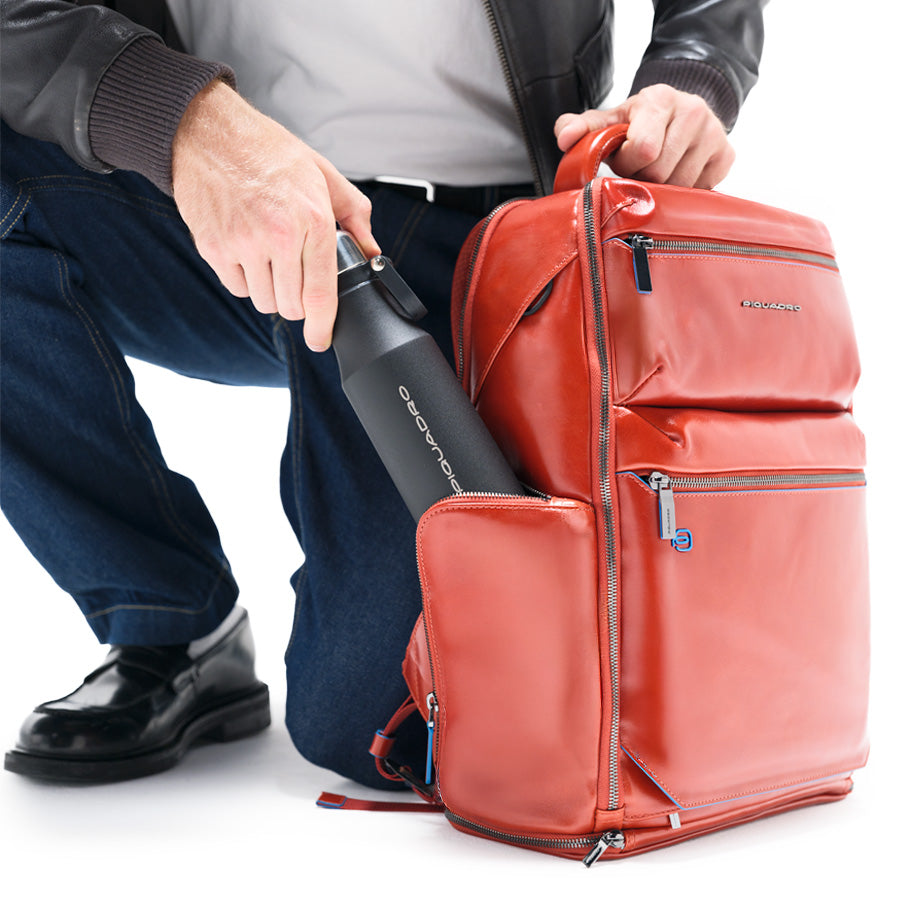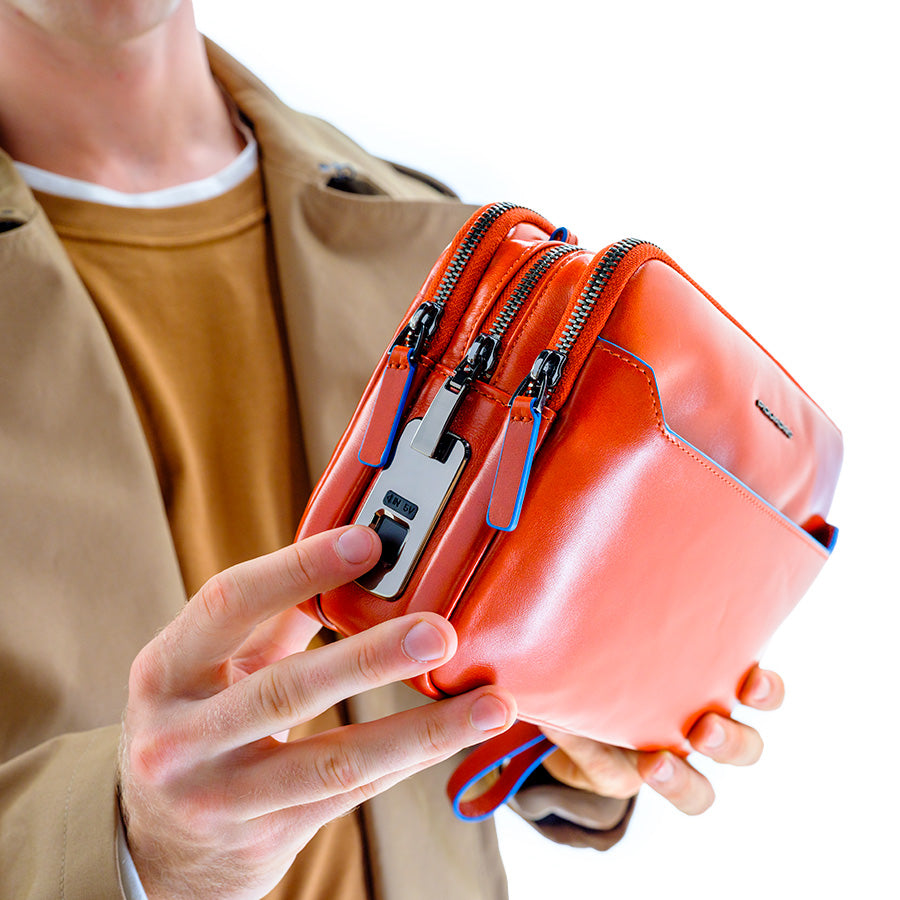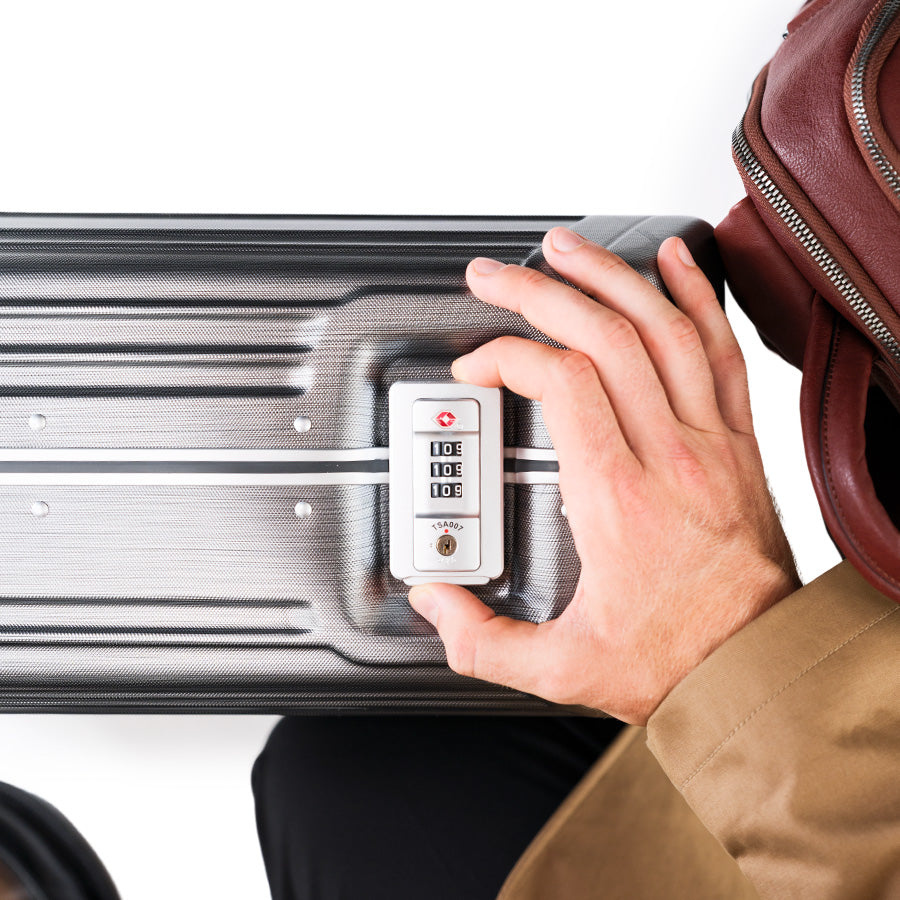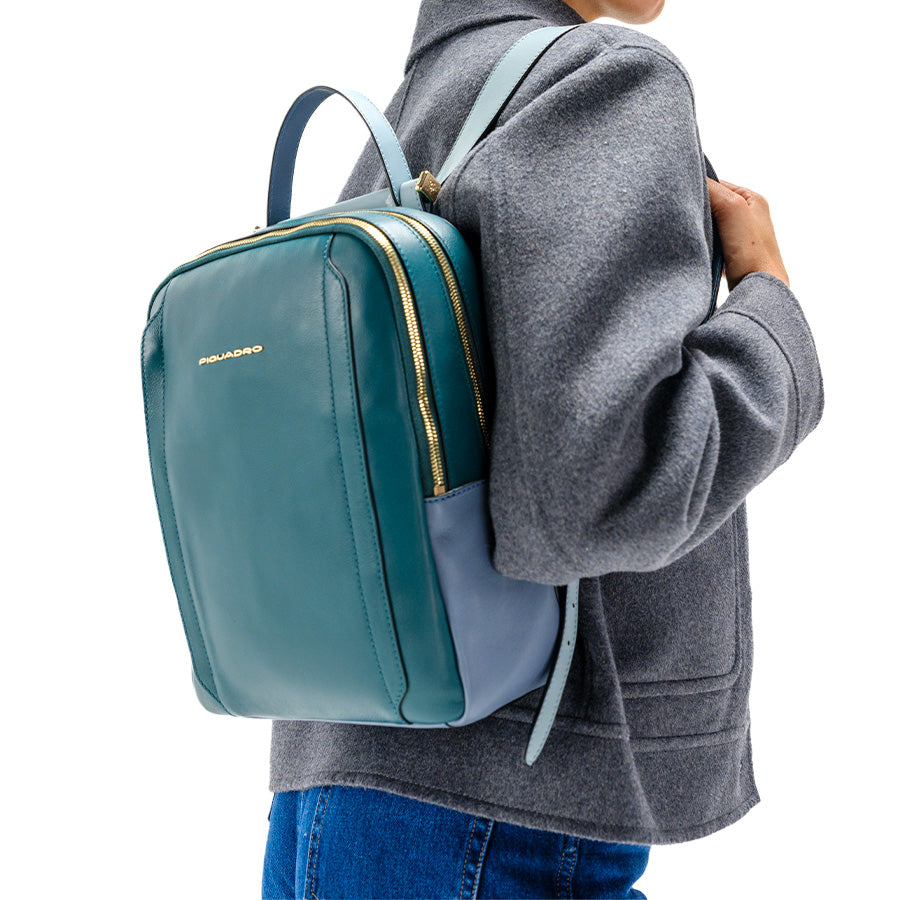Product Tests
HANDLE JERK TEST
The purpose is to evaluate the strength and resistance of the handles and straps. After the product is loaded, it is closed and its handle/strap is fixed to the test machine's "j-hook" and subjected to numerous stresses.
TUMBLE TEST
Simulation of an airplane trip: from check-in to retrieval. The product is filled, closed and placed in a freezer at -12°c for 4 hours in order to reproduce baggage conditions in the cargo hold. It is then placed in the tumbler and subjected to 50 drop cycles.
MILEAGE TEST
This allows for the evaluation of the product's structural integrity and its resistance at the attachment points: wheels, handles and parts that are subject to impact. The loaded product is closed and then runs a 32km course of short and long obstacles along a transport belt.
STRAIGHT DROP TEST
The fully loaded suitcase is dropped on corners (25 drops from a height of 60 cm with the product at a temperature of -12°c) to test the bag's structural resistance.
Leather Tests
PH TEST
This allows for the determination of the actual ph value of leather that should be between 3.5 and 4.5.
VESLIC TEST
It's useful to estimate the resistance of any type of leather to wearing, scraping or colour rubbing. The leather's sample is tested dry, damp and also under a removable weight of 1 kg.
WATER STAINING
The leather's response to stains is determined pouring small drops of water on its surface and then checking it every 30 minutes and after 24 hours. No stain, mark or wave is allowed on the leather.
TAPE TEST
Checks the resistance of the leather's finish. A layer of adhesive tape is applied and the leather is checked after it has been ripped off.
Leather, Fabric and Bio-based material Tests
COLOUR FASTNESS TO WATER / TO PERSPIRATION
Serves to determine the product's colourfastness upon contact with water and perspiration. The fabrics used in clothing are checked for any colour transfer.
Fabric Tests
ADESHION OF COATING / TENSILE BRAKING / SEAM BREAKING
Allows for the determination of the resistance to breakage for all materials used in the products or the resistance of the adhesion between the fabric and its support. The samples, cut on both the warp and on the weft, are placed between the clamps of a tensor.
WATER RESISTANCE TEST
It's necessary to evaluate the textile's resistance to water. A tool that looks like a "watering can" is used to pour water on the fabric like it was rain - 200ml of water in total. The water's penetration is then evaluated in terms of how much textile's surface is wet - it needs to be below 20%.
CROCKING
To determine the amount of colour that may be transferred from a surface of dyed textiles to other fabric by being rubbed under dry & wet conditions.
ABRASION RESISTANCE
The purpose is to determine the fabric's resistance to abrasion. Fabric samples are fastened in place and subjected to being scraped by a rotating platform. In order for the test to be considered successful, there must be no broken threads in the fabric.
Bio-based material Tests
PH TEST
This allows for the determination of the actual ph value of bio-based material that should be between 3.5 and 4.5.
VESLIC TEST
It's useful to estimate the resistance of any type of bio-based material to wearing, scraping or colour rubbing. The lbio-based material's sample is tested dry, damp and also under a removable weight of 1 kg.
WATER STAINING
The bio-based material's response to stains is determined pouring small drops of water on its surface and then checking it every 30 minutes and after 24 hours. No stain, mark or wave is allowed on the bio-based material.
TAPE TEST
Checks the resistance of the bio-based material's finish. A layer of adhesive tape is applied and the bio-based material is checked after it has been ripped off.








